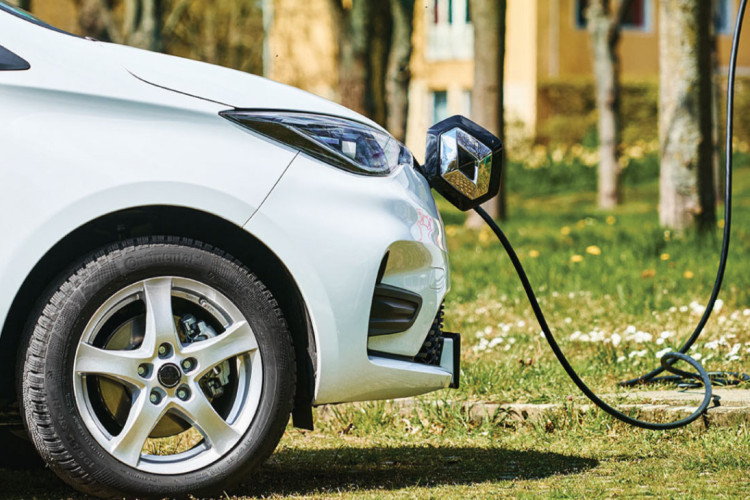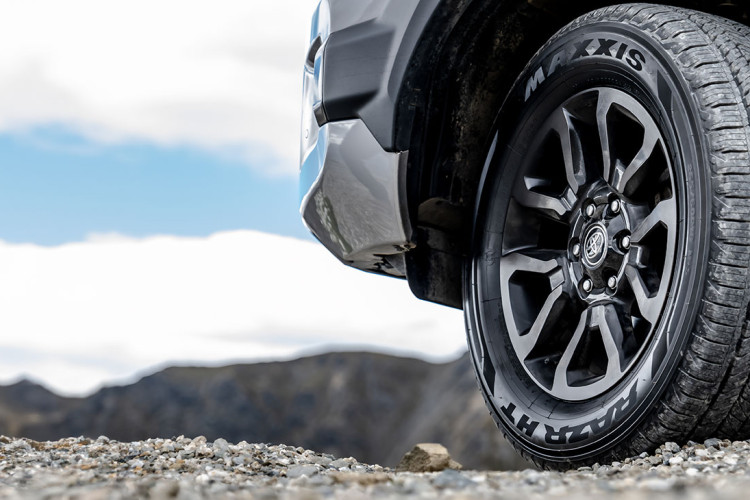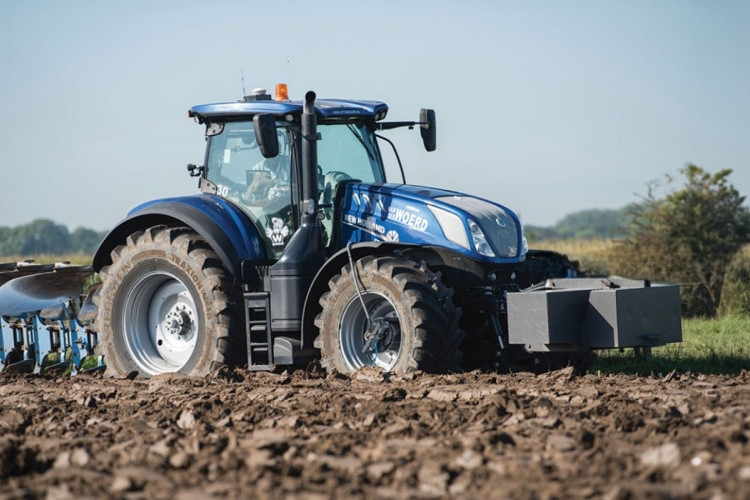Getting the best from your new tyres
Whilst we find new tyres exciting (seriously, you can find beauty in a tread pattern if you stare at it long enough) we’ll admit not everyone shares our feelings. What’s more, paying for new tyres is probably not up there on the list of purchases you want to make. But purchase them you will. An estimated 4 million tyres reach the end of their lives in New Zealand each year...so there are a few replacements being sold.
As with all things, prices vary greatly for tyres. But whether you pay $100 or $500, you’ll still want to get as much value from them as you can. The only way to do that is to look after them. Just put the tyres on and forget about them, you run the risk of reducing the return you get for your spend. And that’s just annoying. So how do you do it? How do you make the most of your new tyres?
It really comes down to three main factors. Tyre alignment, tyre pressure and tyre rotation. Let’s tackle tyre alignment first.
Tyre Alignment & Your New Tyres
When you get your new tyres fitted, you’re almost certain to have them aligned. But here’s the thing. That piece of fine alignment work can soon be thrown out. Hit a few potholes or kerbs, you’ll soon find you’ve compromised the wheel alignment. How will you know? You might not notice at all. You might feel your vehicle pull to the side. In this instance, it means uneven forces are applied to different parts of the tyre. The result is uneven tyre wear.
Uneven tyre wear is just annoying. Sure, it’s annoying having to take your vehicle in for an alignment but that’s nothing compared to the frustration of throwing a tyre away that’s 90% good and only 10% bad. Because that is what might happen. When that alignment is out you get uneven tyre wear. So come WOF time, that small patch that’s now below the legal minimum for tread depth is enough to mean you need a new tyre, despite 90% of the tyre looking like new. It’s like buying a fancy pair of shoes and having to chuck them if they get a small scuff.

Tyre Pressure & Your New Tyres
Keeping an eye on the pressure of your new tyres will play a big part in getting the most out of them.
Under Inflated tyres cause uneven wear as the shoulders of the tyres take the beating. The centre will show much less wear. Very annoying.
Even worse than uneven wear is what underinflated tyres do to the handling of your vehicle. Steering will become less responsive and stability can become compromised. There's also another hit to your pocket. An underinflated tyre will increase your fuel consumption, meaning more frequent visits to the dreaded petrol station pumps.
On the flipside, is over inflated tyres. You pretty much reverse the wear pattern on the tyres. This time, the centre takes the beating and wears down whilst the shoulders are raised from contact with the road. Again, it means uneven wear and the return of that annoying loss of value through having to throw good rubber away because of a small bit of bad.
There’s a nasty complication to this scenario too. With reduced contact between tyre and road, there’s reduced traction. Your tyre will not be performing as it has been designed to and you risk losing it on a corner or failing to stop in an emergency braking situation.
The only way to prevent the above is to inflate your tyres to the correct pressure. You may get some friends who offer advice on what the best tyre pressure is. Everyone will have an opinion. Want to know the best answer? Stick with what your vehicle manufacturer recommends. They did their design work and likely worked with a tyre company along the way. You’ll find their tyre pressure specifications in the vehicle handbook, the inside of the fuel filler cap, on the drivers door pillar or on the sun visor.
To avoid issues with tyre pressure, make a quick check part of your regular vehicle maintenance routine. Or when you stop at the petrol station to refuel, pull over to the tyre pressure gauge they probably have. They’re normally free to use and it only takes a few moments to check the pressure and make any required changes.
Tyre Rotation & Your New Tyres
Tyres tend to wear faster on the front axle. In extreme cases, this can mean enough of a difference between front and rear to throw out your 4x4’s gearing ratio. To prevent any issues, we recommend rotating your tyres every 10,000kms. The average Kiwi male travels just over 12,000kms per year (according to the Department of Transport), so that means rotating your tyres every 10 months or so. The average kiwi female travels just over 8000kms per year, which would mean a rotation is needed every 15 months or so.

How Long Will Your New Tyres Last?
The equation to use is:
P(03)-2 x T3 squared.
Where P is equal to a crystal ball and T is equal to ‘who knows’.
Seriously, who knows. It really depends on what you drive, how you drive and where you drive. Not to mention what tyre you have. There is no magic formula and the variation is huge. The only thing you can do is try and make sure you look after your tyres. You can read more about the different factors that impact tyre wear here.
So, to recap...to get the best out of your new tyres:
- Keep an eye on your wheel alignment. If it feels out, get it checked.
- Keep your tyres inflated to the correct pressure.
- Check the pressure once a month.
- Rotate your tyres every 10,000kms.
Do the above and you are doing everything in your control.
Stay safe. Happy driving.

Find your best fit.
More tips and articles

Tyres for Electric Vehicles

Product Spotlight:
Maxxis HT780 RAZR HT

